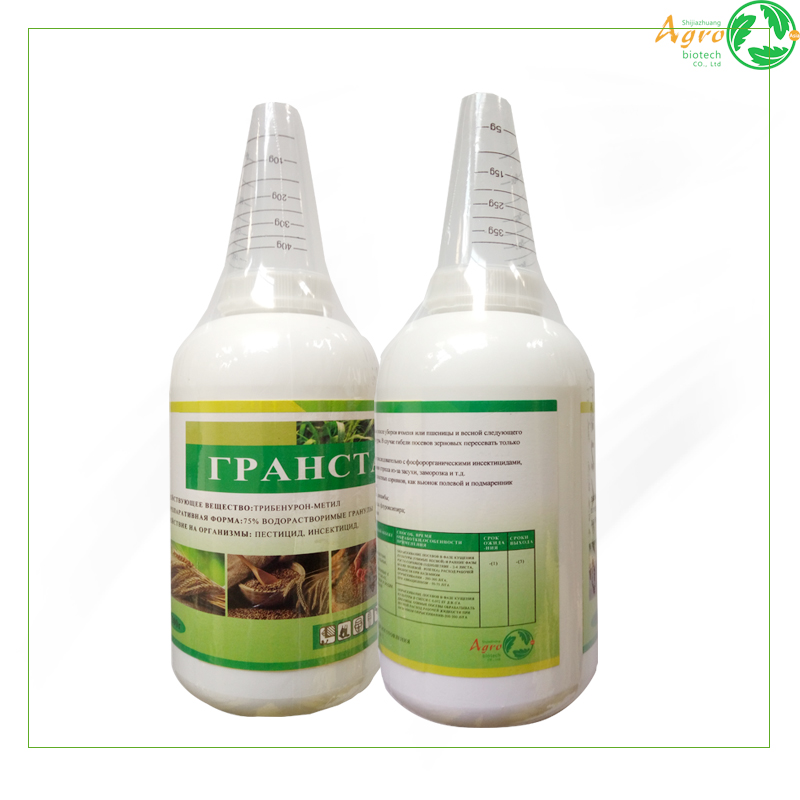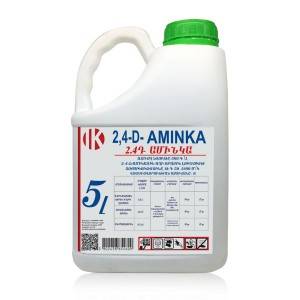During wheat cultivation, competitive weed growth can significantly affect wheat yield and quality. Understanding the different types of weeds and how to effectively use herbicides for their control is an important part of ensuring healthy wheat growth. In this article, we will introduce the common weed species in wheat fields in detail and recommend the corresponding herbicides for different weeds.
Classification of common weeds in wheat fields
In wheat fields, common weeds are mainly divided into three categories: broadleaf weeds, grass weeds and sedge weeds. Each type of weed has a different impact on the growth of wheat, and therefore requires a targeted selection of herbicides for control.
Broadleaf weeds
Broadleaf weeds are weeds with broad leaves. These weeds compete fiercely in wheat fields and seriously affect wheat growth and yield.
Gramineous weeds
Gramineous weeds include a variety of weeds with elongated leaves. These weeds compete with wheat for water and nutrients in the field, greatly affecting the growth of wheat.
Saxifrage weeds
Saxifrage weeds mainly grow in moist environments, easily compete with wheat for resources, and are more harmful.
Broadleaf weeds and their control
Tribenuron methyl
Tribenuron methyl is a selective herbicide mainly used to control broadleaf weeds.The mechanism of action of Tribenuron methyl is to inhibit the enzyme acetolactate synthase (ALS) in weeds, thus preventing protein synthesis and leading to the wilting and death of weeds.Tribenuron methyl has been widely used in wheat fields because of its high selectivity and high impact on wheat. selectivity and low impact on wheat.
Fomesafen
Fomesafen is a broad-spectrum herbicide that can effectively control a wide range of broadleaf weeds. fomesafen works by interfering with the normal growth of weed cells, thereby suppressing and killing weeds. fomesafen is easy to use and has a long shelf-life, making it an ideal choice for broadleaf weed control.
Grass weeds and their control
Fenoxaprop-P-ethyl
fenoxaprop-P-ethyl is a highly effective herbicide specifically targeting grass weeds. Its mechanism of action is to inhibit the synthesis of fatty acids in weeds, thereby destroying the cell membrane structure and ultimately leading to the death of the weeds. fenoxaprop-P-ethyl is effective in controlling a wide range of grass weeds in wheat fields.
Fluroxypyr
fluroxypyr is a long-acting herbicide designed to control grass weeds. It destroys the normal growth of weeds by blocking their energy metabolism. Fluroxypyr is able to provide long-lasting weed control and is safe for wheat during use.
Weeds of the Salix family and their control
2,4-dichlorophenoxyacetic acid
2,4-dichlorophenoxyacetic acid is a selective herbicide designed to control weeds in the sedge family. 2,4-D disrupts the growth hormones in weeds, causing them to grow abnormally until they die. This agent is widely used in wheat fields due to its effectiveness in controlling weeds in the Salix family.
MCPA
MCPA (4-chloro-2-methylphenoxyacetic acid) is a broad-spectrum herbicide mainly used to control sedge weeds, MCPA can be quickly absorbed by weeds, and conduct to the growing point in the body, which will destroy its normal growth. The use of MCPA can not only effectively control Salix family weeds, but also has a certain inhibitory effect on other weeds.
Conclusion
The rational use of herbicides to control weeds is the key to ensure the healthy growth of wheat. Understanding weed species and selecting appropriate herbicides can effectively reduce the negative impact of weeds on wheat growth, thus improving wheat yield and quality. When using herbicides, attention should be paid to the reasonable proportion and safe application to ensure the safety of the crop and the environment.
Frequently Asked Questions
1. Does the choice of herbicide affect the yield of wheat?
Yes, choosing the right herbicide and applying it correctly can effectively reduce the competition of weeds on wheat and increase the yield.
2. What do I need to pay attention to when using Tribenuron methyl?
When using Tribenuron methyl, application under high temperature and strong light should be avoided to avoid reduced efficacy, and care should be taken to avoid drifting of the agent to other crops.
3. When is the best time to apply fluroxypyr?
The best time to apply fluroxypyr is at the seedling stage of weeds, when the weeds absorb the agent better and the control effect is remarkable.
4. Is it possible to mix different herbicides?
Yes, but the principle of mixing should be followed to avoid antagonism between agents, so as to ensure that the effect of each herbicide can be brought into full play.
5. How to avoid the impact of herbicides on the environment?
When applying herbicides, the principle of environmental protection should be followed, avoiding over-application and applying under suitable climatic conditions to minimize the volatilization and loss of the chemicals.
Post time: Aug-15-2024








